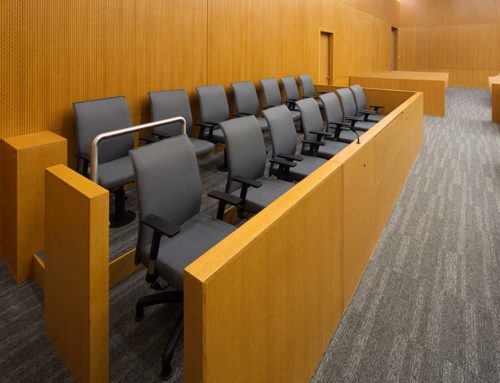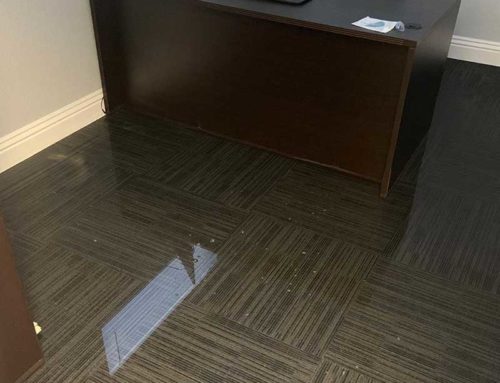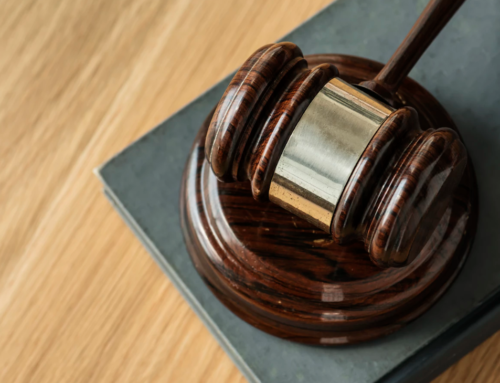For decades, engineers have been working to develop cars capable of navigating roadways on their own without the need for drivers. Thanks to a recent explosion of interest in driverless technologies, autonomous cars are finally poised to hit the streets in the near future.
Nevada is one of four states in the country that has already passed laws permitting self-driving cars on its roadways. With news outlets reporting that the vehicles could be introduced by 2020, questions are emerging about their potential impact on the procedures and laws currently governing traffic safety and behavior. One particularly pressing question is how the law will asses liability when self-driving cars get into traffic accidents, especially if the driverless vehicle is responsible.
Photo by Melody Joy Kramer
As of now, liability is determined by assessing behavior according to the “reasonably prudent person standard.” This legal concept is the basis for establishing negligence, or fault, in an accident. The law dictates that whoever caused a given collision by failing to exercise reasonable care is guilty of negligence, and should be held liable for any damages that result. A driverless car, which is operated by artificial intelligence, can’t be held to a reasonable person standard and can’t be held liable for negligence.
Who’s To Blame?
This presents a problem for future personal injury victims hurt by self-driving vehicles. If autonomous cars can’t be sued for damages, then who will cover their costs? Some have speculated that the owners and manufacturers of these autonomous cars could become defendants in such cases. Since driverless vehicles depend on humans to build, program and maintain them, and any mistakes they make could be construed as arising from human error in the form of product defects, insufficient upkeep or improper use of control settings.
Others have problems with speculation that autonomous car manufacturers plan to utilize the same radio spectrum as Wi-Fi signals. This raises the potential for disruptions in communication between a car and its satellite, as a result of nearby Wi-Fi use. Could it be possible for individuals using the Internet to wind up paying damages to accident victims?
It’s impossible to know yet exactly how the law will determine liability when driverless vehicles start populating roadways. As their release date gets closer, however, lawmakers and insurance carriers will likely begin to clarify at least some of the basics. In the meantime, we can wait, watch and dream of the day when enduring rush hour will be our car’s job and not ours.
Featured image by zabmo







